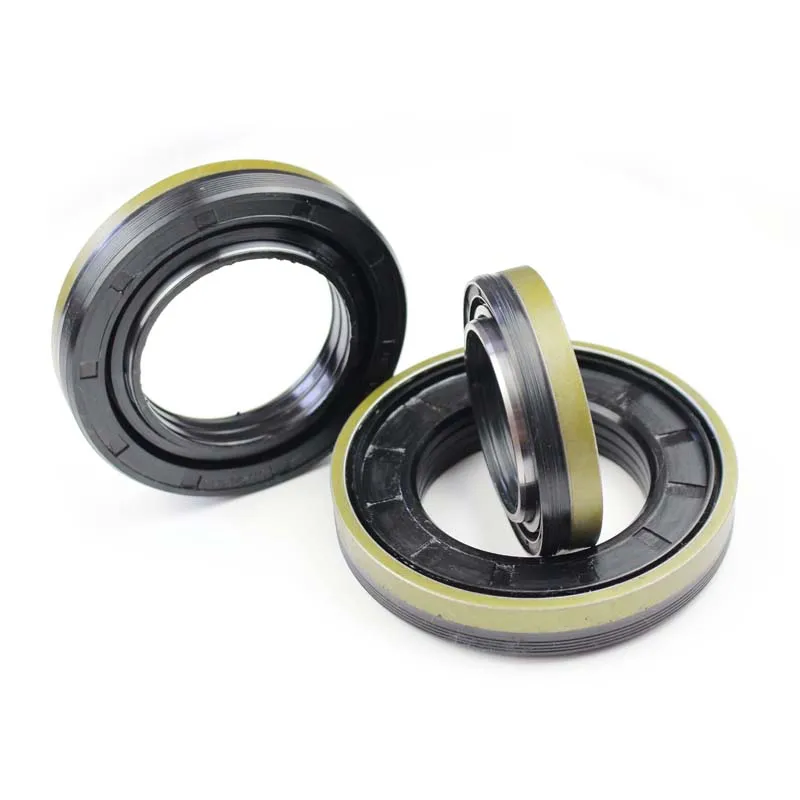seal ring
The Importance and Functionality of Seal Rings
Seal rings, often referred to as sealing rings, are crucial components in various mechanical systems, playing a significant role in ensuring the integrity and functionality of machinery and equipment. These rings are typically made from materials such as rubber, plastic, or metal and serve to prevent the leakage of fluids or gases in a diverse range of applications, from automotive engines to household appliances.
What is a Seal Ring?
At its core, a seal ring is designed to create a barrier that stops the escape of fluids or gases, maintaining the internal pressure and preventing contamination from external elements. The design and function of seal rings can vary significantly based on their specific application. Common types include O-rings, lip seals, and gasket seals, each tailored to meet specific requirements such as temperature resistance, chemical compatibility, and mechanical strength.
The Role of Seal Rings in Machinery
In mechanical systems, seal rings perform several vital functions
1. Leak Prevention The foremost role of seal rings is to prevent leaks in systems containing liquids or gases. For instance, in hydraulic systems, the seal rings ensure that hydraulic fluid remains contained, thus maintaining system pressure and functionality.
2. Contamination Control Seal rings safeguard the internal components of machinery from dust, dirt, and other contaminants. By forming a barrier, they help prolong the lifespan of critical components, reducing wear and tear.
3. Pressure Retention In many applications, maintaining pressure is crucial for operational efficiency. Seal rings help in retaining pressure within systems by sealing off areas where leakage might occur, thus enabling machinery to operate at optimal performance levels.
seal ring

4. Temperature Modulation Some seal rings are designed to withstand extreme temperatures, ensuring that machinery can perform reliably in various environmental conditions. High-temperature seal rings are often used in automotive applications, where engines can generate significant heat.
Applications Across Industries
Seal rings are ubiquitous across numerous industries. In the automotive sector, they are essential for engine components such as oil seals and valve stem seals, helping prevent oil leaks and ensuring smooth operation. In the aerospace industry, where precision and reliability are paramount, high-performance seal rings are utilized in fuel systems and hydraulic systems to ensure safety and efficiency.
In the manufacturing sector, seal rings are vital in assembly lines and machinery that rely on pneumatic systems. Additionally, they find use in household appliances like refrigerators and air conditioners, where they help maintain efficiency by preventing refrigerant leakage.
Choosing the Right Seal Ring
Selecting the appropriate seal ring for a given application involves considering various factors, including the type of fluid or gas being sealed, the operating temperature, and the pressure conditions. Using the wrong material or design can lead to catastrophic failures, including leakage, equipment damage, or even safety hazards.
Consulting with engineers and relying on industry standards can help in making informed decisions. Furthermore, regular maintenance and inspection of seal rings are essential to ensure their longevity and effectiveness. Routine checks can identify signs of wear or damage, allowing for timely replacements and reducing the risk of failure.
Conclusion
Seal rings are often overlooked components in engineering and manufacturing yet play an indispensable role in the reliability and efficiency of mechanical systems. Their ability to prevent leaks, control contamination, and retain pressure makes them essential across various industries. As technology continues to advance, the design and materials of seal rings will likely evolve, further enhancing their performance and applications. Understanding their importance will enable engineers and manufacturers to optimize their systems and ensure operational excellence.
-
Understanding the Front Main Engine Seal: Purpose, Maintenance, and Installation
News Jul.29,2025
-
Understanding O-Rings and Seal Rings: Types, Applications, and Custom Solutions
News Jul.29,2025
-
Understanding Crankshaft Oil Seals: Rear Seals, Pulley Seals, and Their Role in Engine Integrity
News Jul.29,2025
-
The Importance of Front and Rear Crankshaft Seals in Engine Performance and Oil Management
News Jul.29,2025
-
Crank Oil Seals: Functions, Types, and Cost Considerations in Engine Maintenance
News Jul.29,2025
-
A Comprehensive Guide to O-Rings and Seals: Types, Materials, and Global Applications
News Jul.29,2025
-
Mastering Diesel and Performance Engine Maintenance: A Guide to Critical Oil Gaskets
News Jul.28,2025
Products categories















